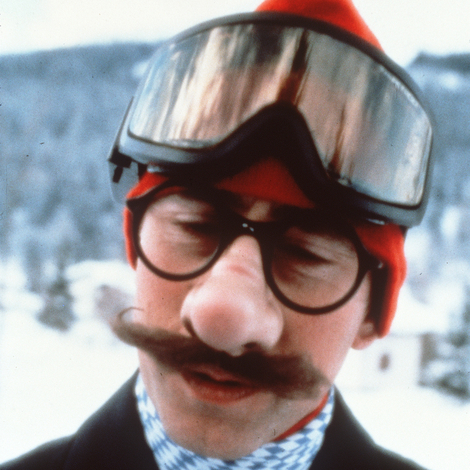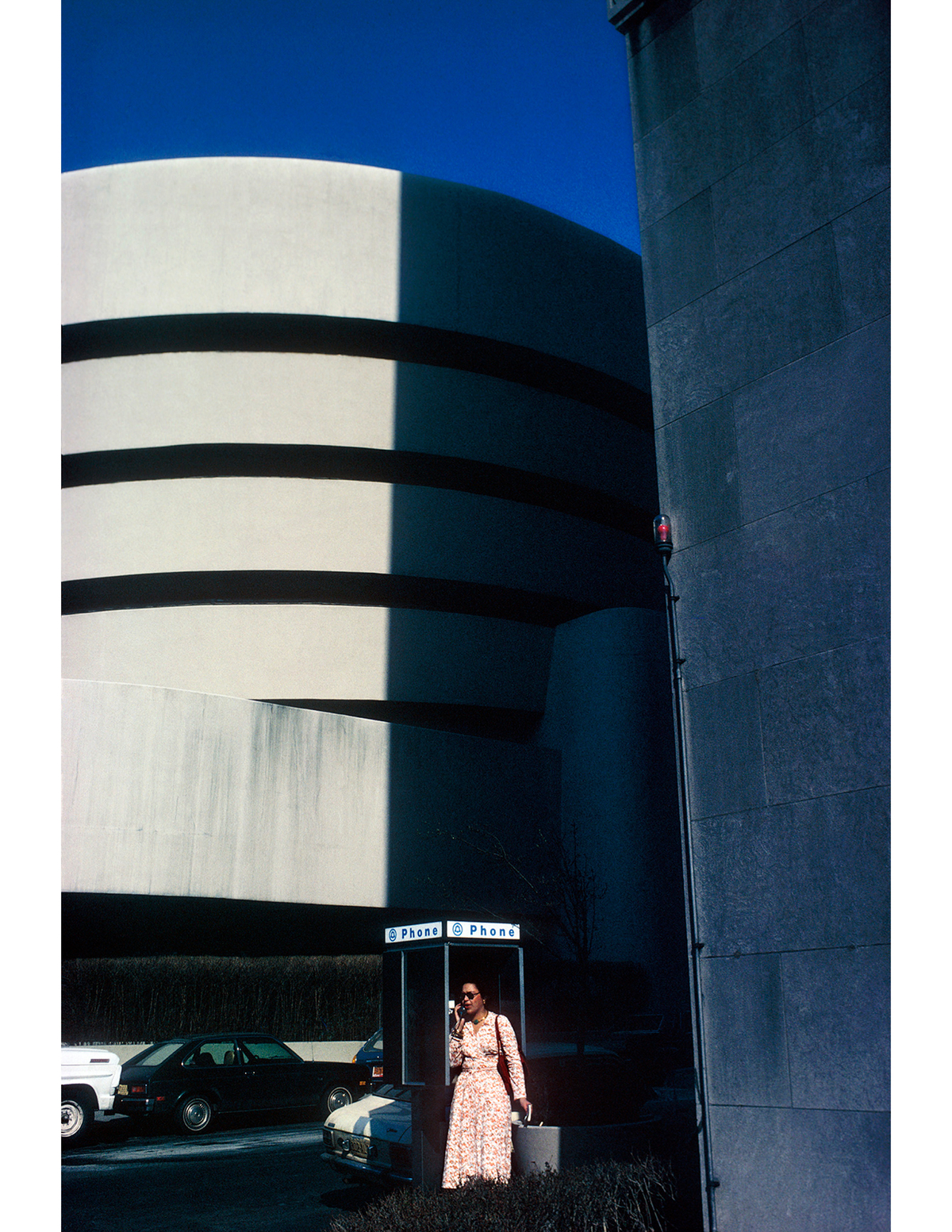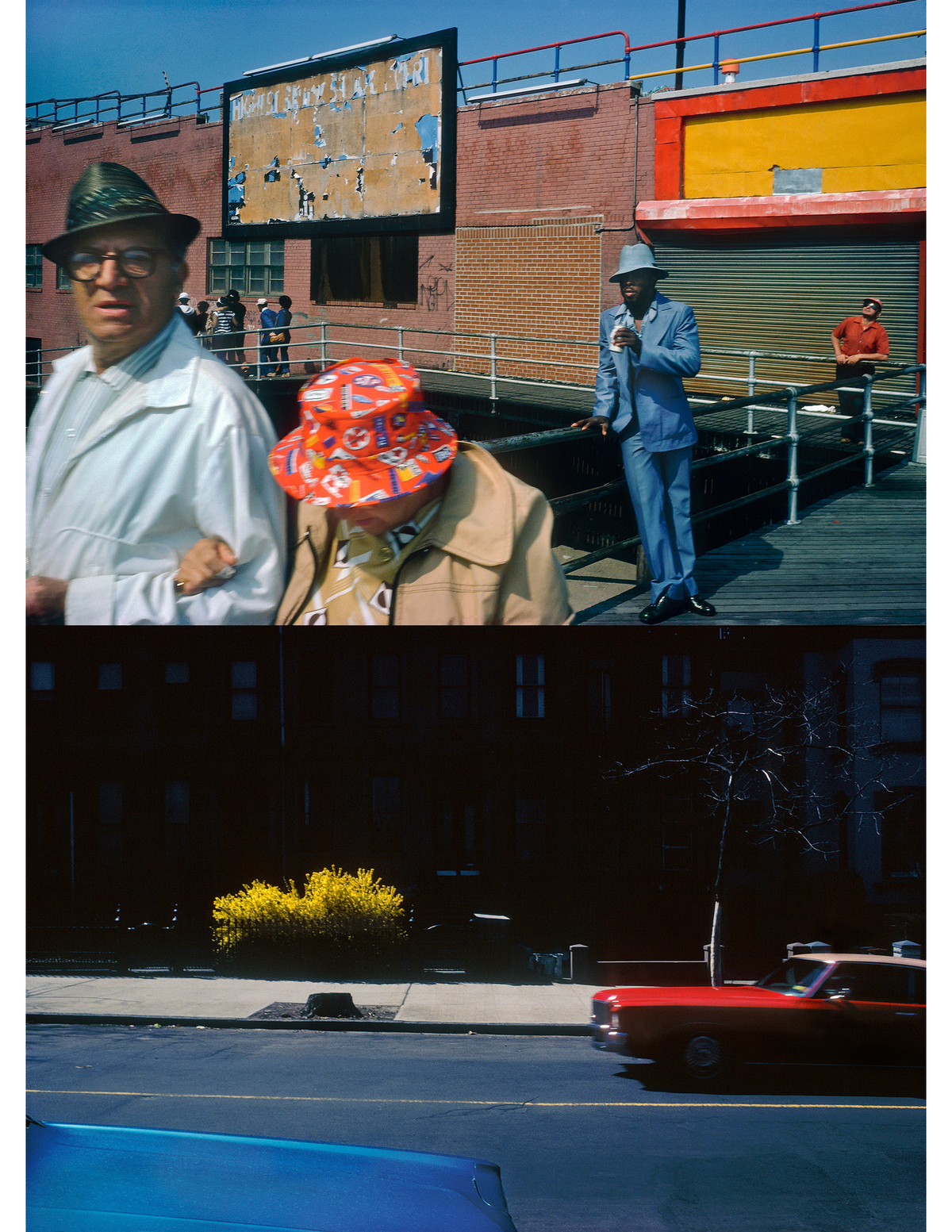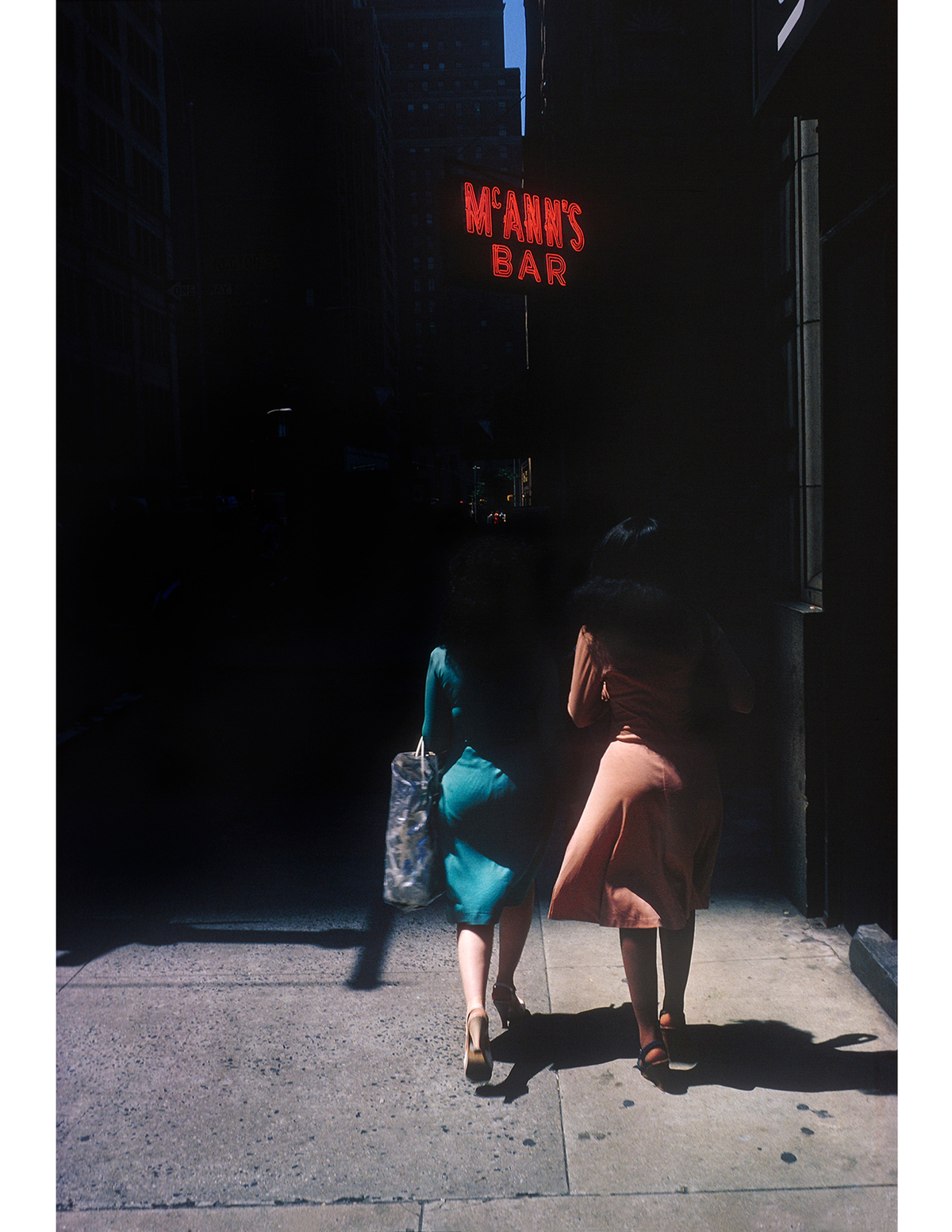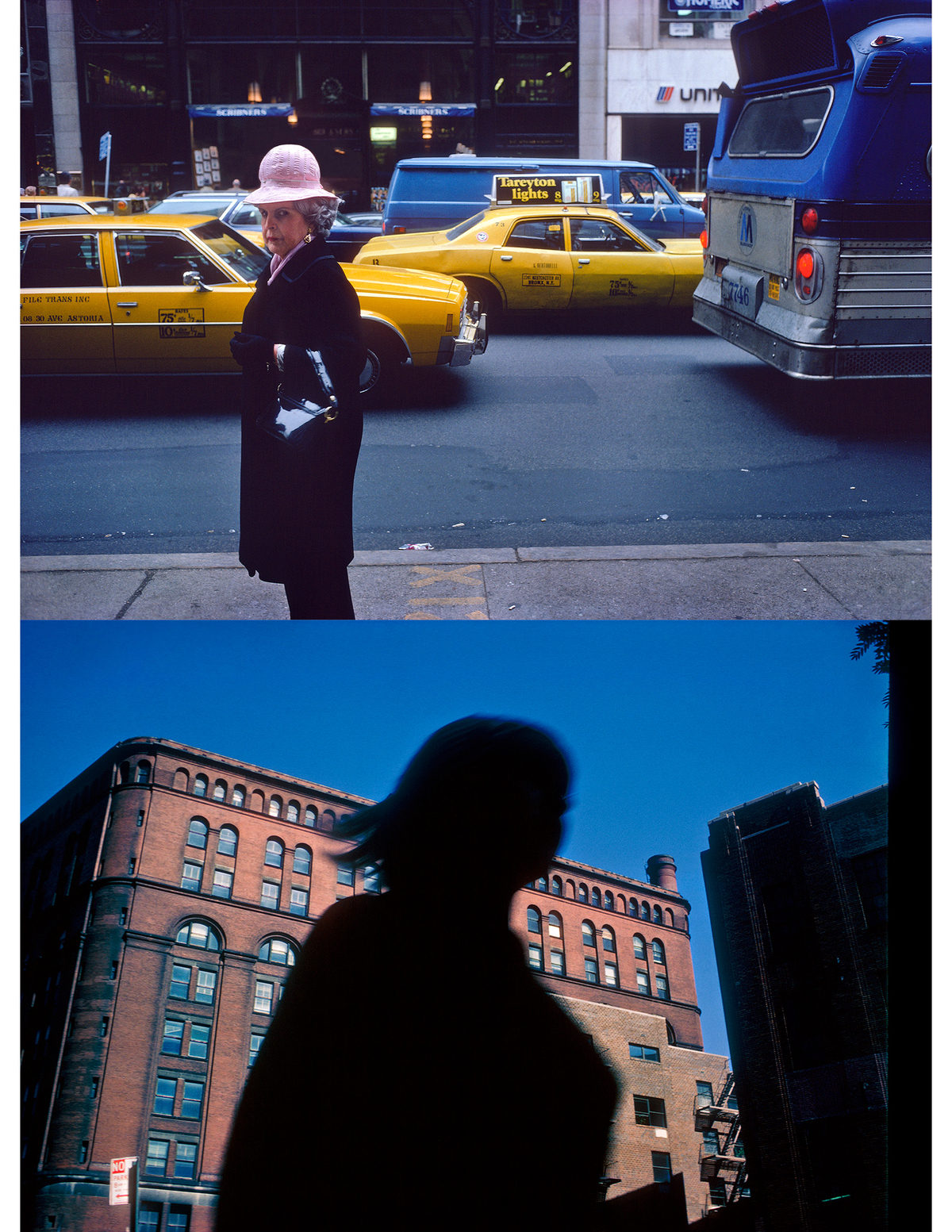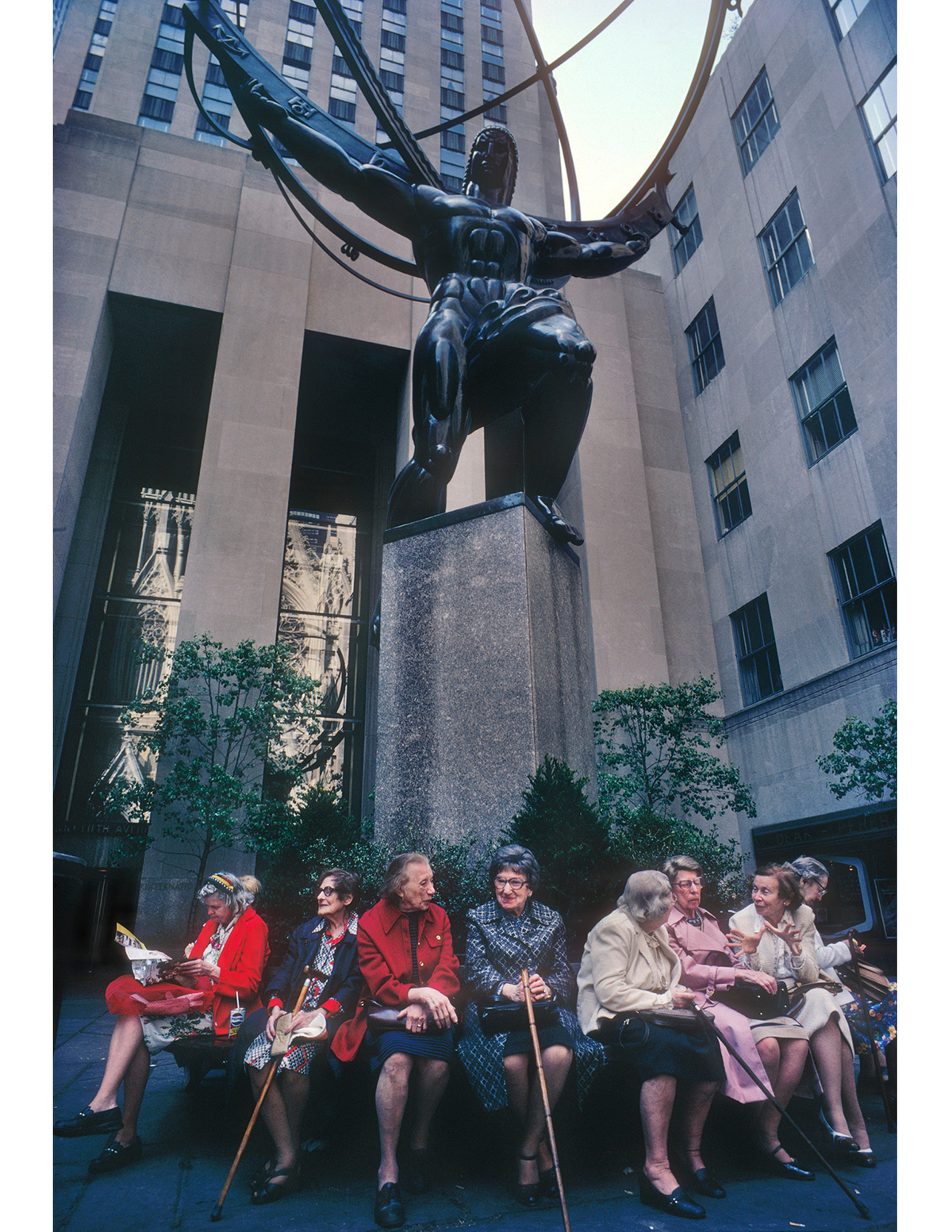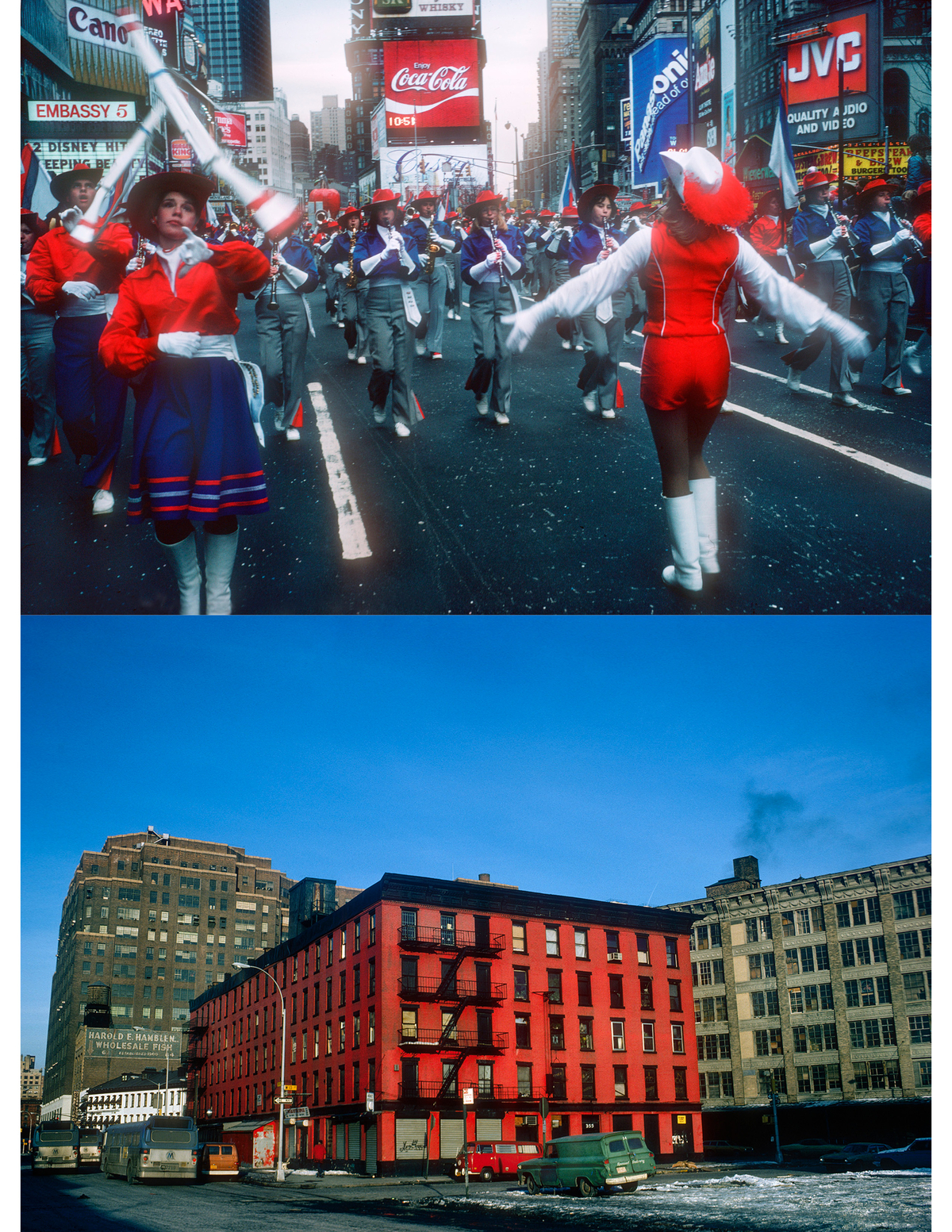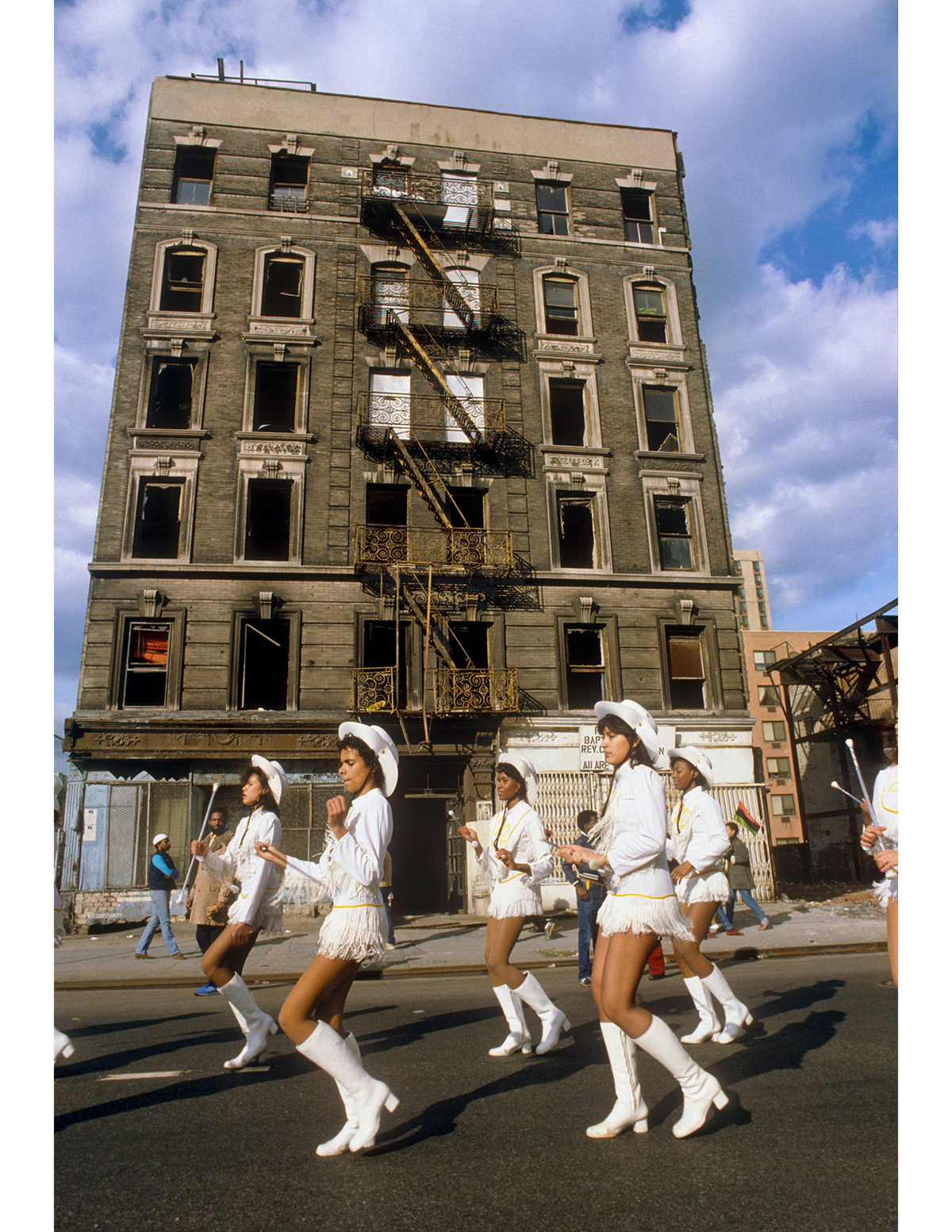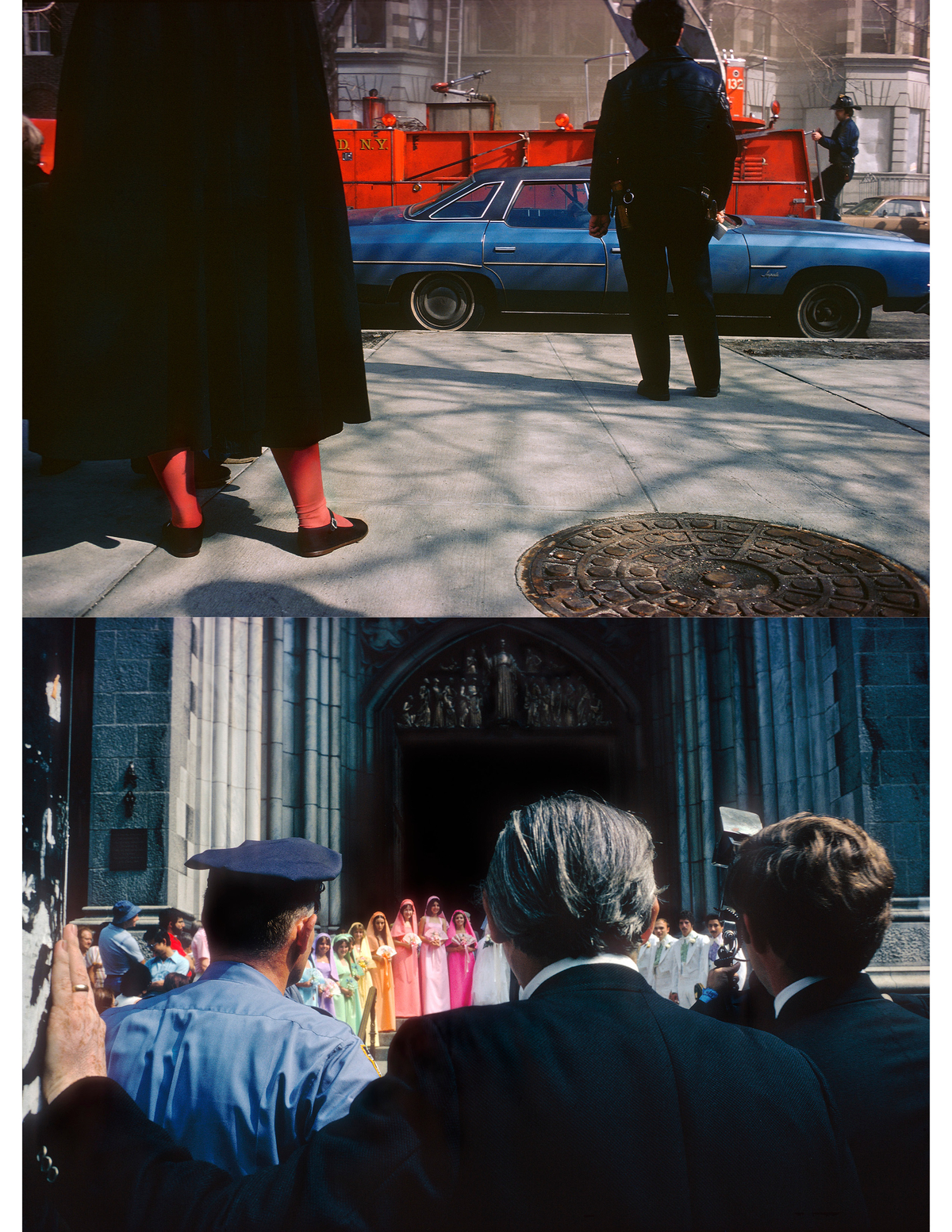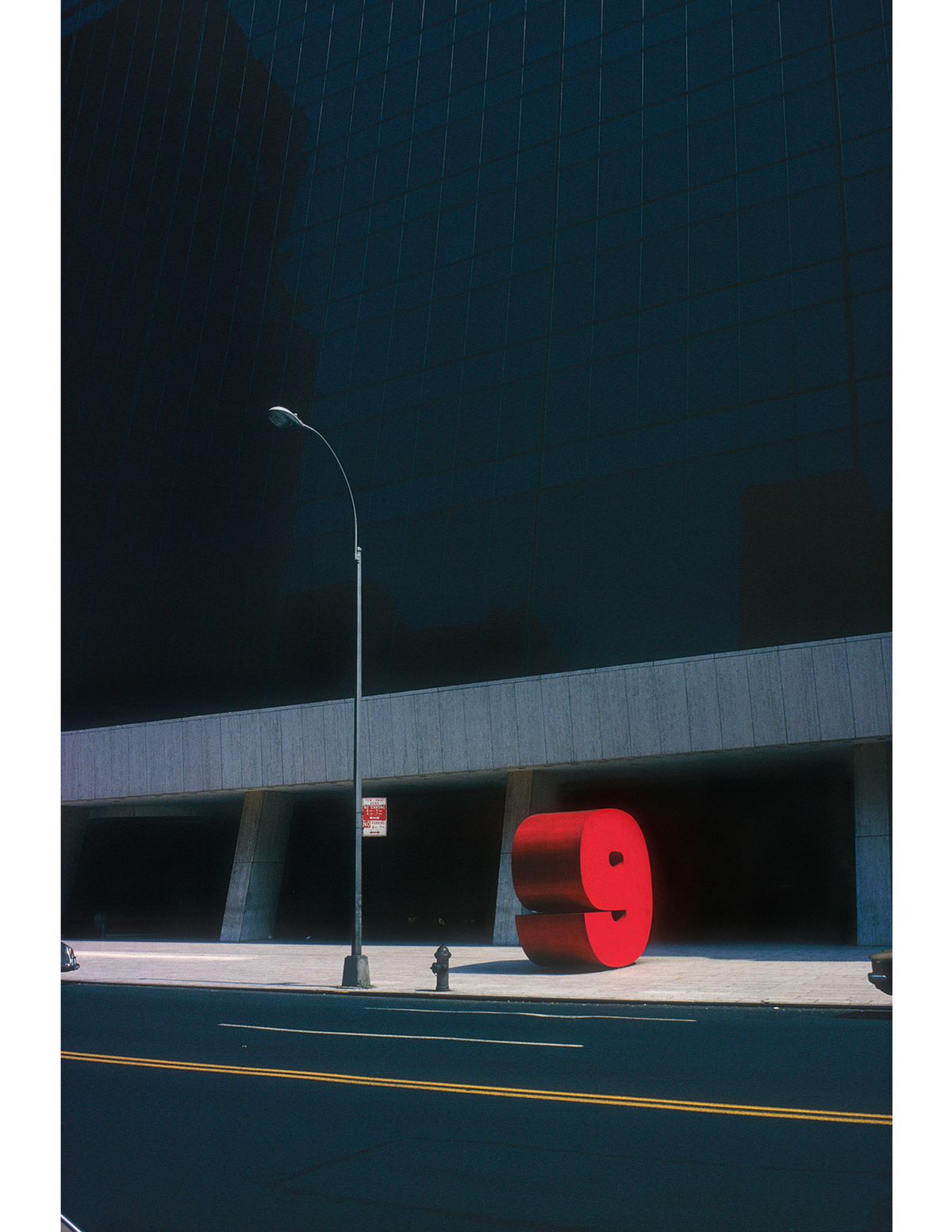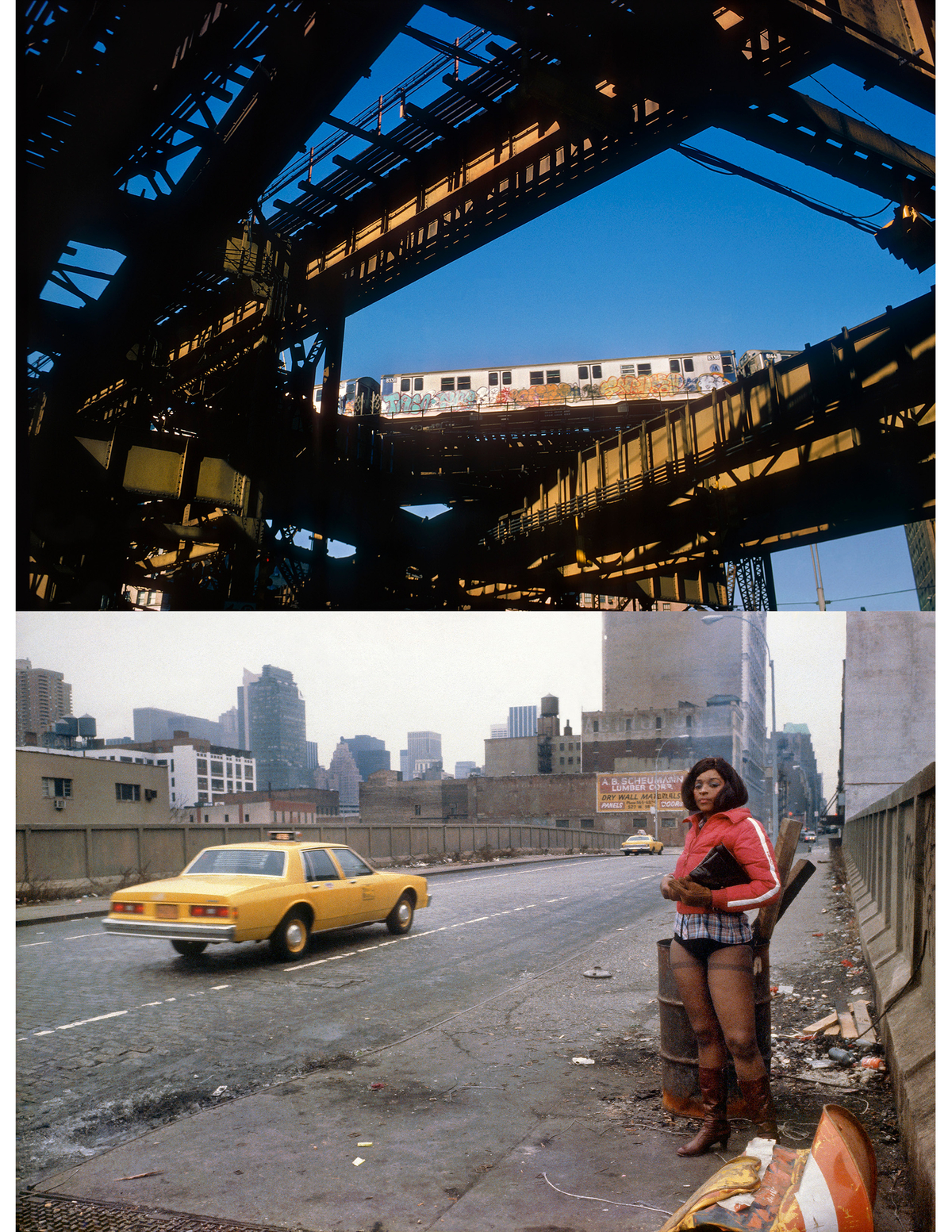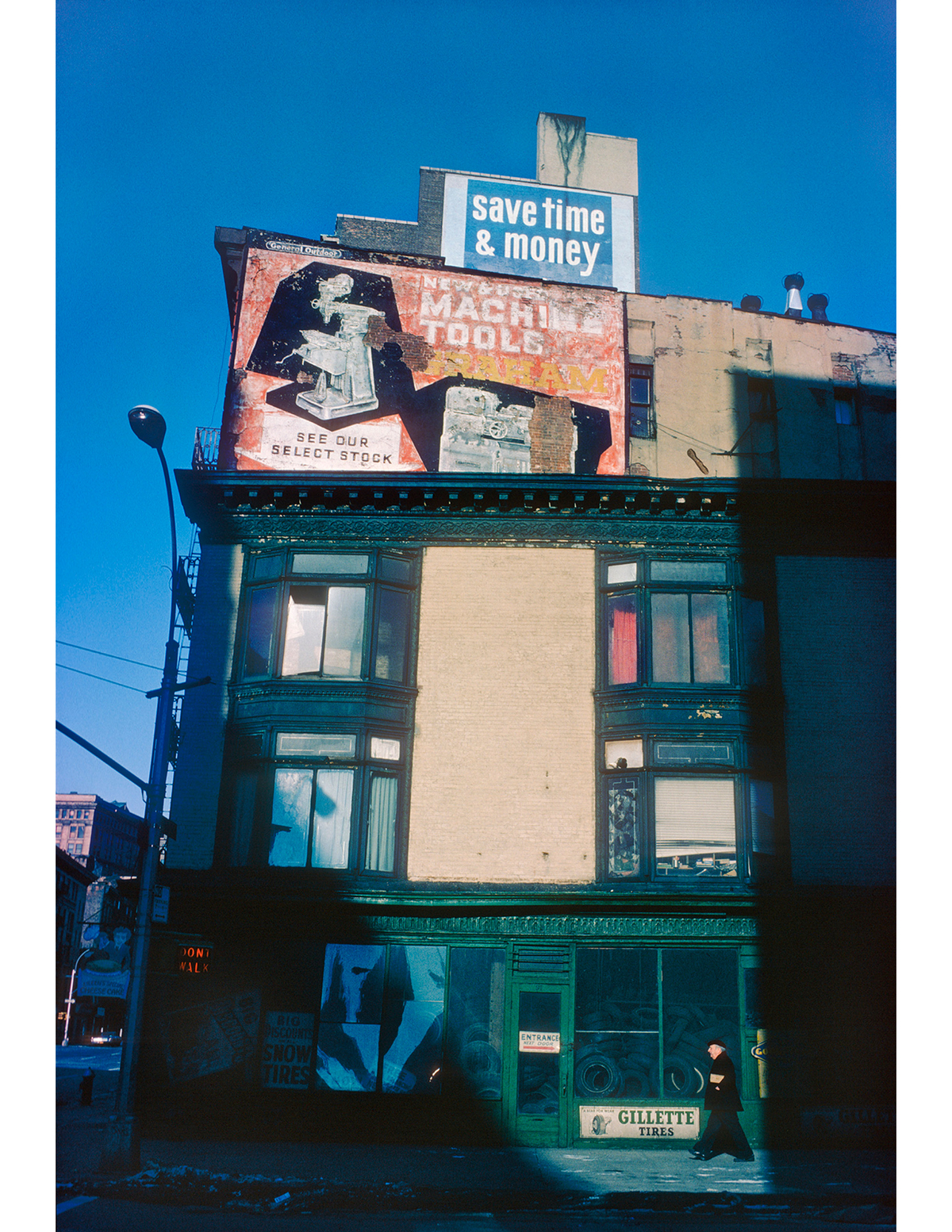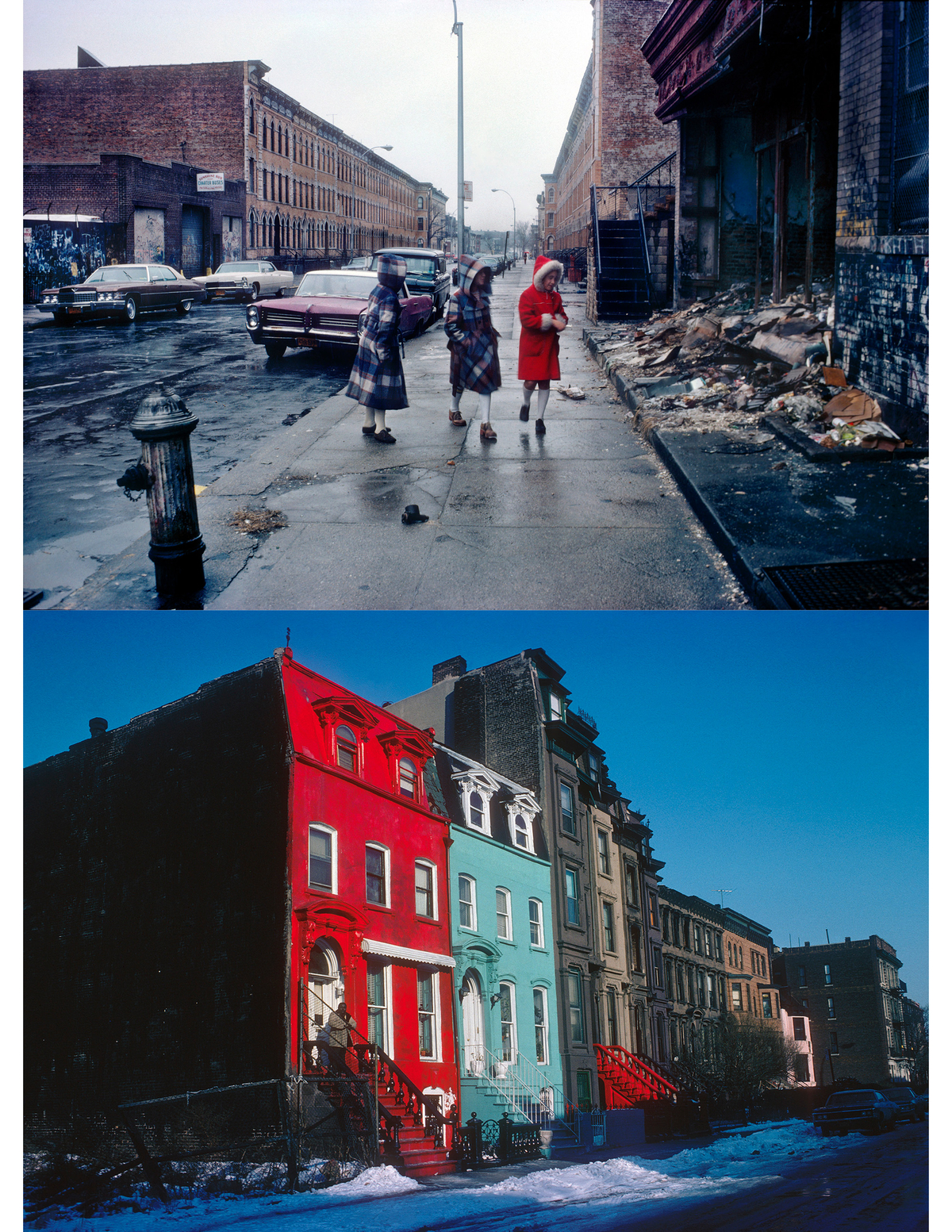When Frank Fournier moved to New York City, in 1975, it was a radical departure from everything he’d known. He had studied medicine for four years in his native France, but in his late 20s he pivoted. He was going to become a photojournalist.
The city was bankrupt, dirty, and dangerous but also teeming with artistic voices. Andy Warhol, Jean-Michel Basquiat, James Baldwin, and even Grandmaster Flash were meeting downtown, opening galleries, writing, and pioneering new kinds of music.
“New York was always appealing, even during a financial crisis,” says Fournier, who now lives on Roosevelt Island. “On every corner, at every time of day or night—it was better than any Broadway show.”
In 1977, Fournier took a job at Contact Press Images, one of the few New York agencies commissioning color photographs at the time. And it was in color that he found his signature style. “I was trying to use a light that’s very special in New York—the way it bounces, it’s very unique. Kodachrome film was really helpful for capturing it.”
Fournier set out to understand the city’s inhabitants. “I was interested in how people cope with the challenge of the city.” A Black man pushing a cart of clothes through the Garment District in torrential rain. A sex worker standing on trash-littered 10th Avenue. “It was incredibly cold, and the picture doesn’t do justice to that,” he recalls. “I remember asking her, ‘How can you stand there for so long?’ It was a Sunday afternoon.”
Eventually, that same observational sensitivity pulled Fournier away from New York. He photographed children with AIDS in Romania, rape victims in Bosnia, the Lebanese civil war, and the French bicentennial. His images have been published in the U.S. and abroad—in National Geographic, Newsweek, The New York Times Magazine, Paris Match, and Time.
Still, New York remains Fournier’s first great subject. This collection of early photographs includes some of his best. Elderly women huddled at Rockefeller Center, beneath a statue of Atlas, for instance; a lonesome red building in the Meatpacking District. Fournier is always alert to the city’s strange theatricality.
In the statues, clothes, and scenes he is drawn to, one color emerges again and again—a brash cardinal red. “I didn’t set out to find red,” he says. “It just came to me.” —Elena Clavarino
Elena Clavarino is a Senior Editor at air mail
